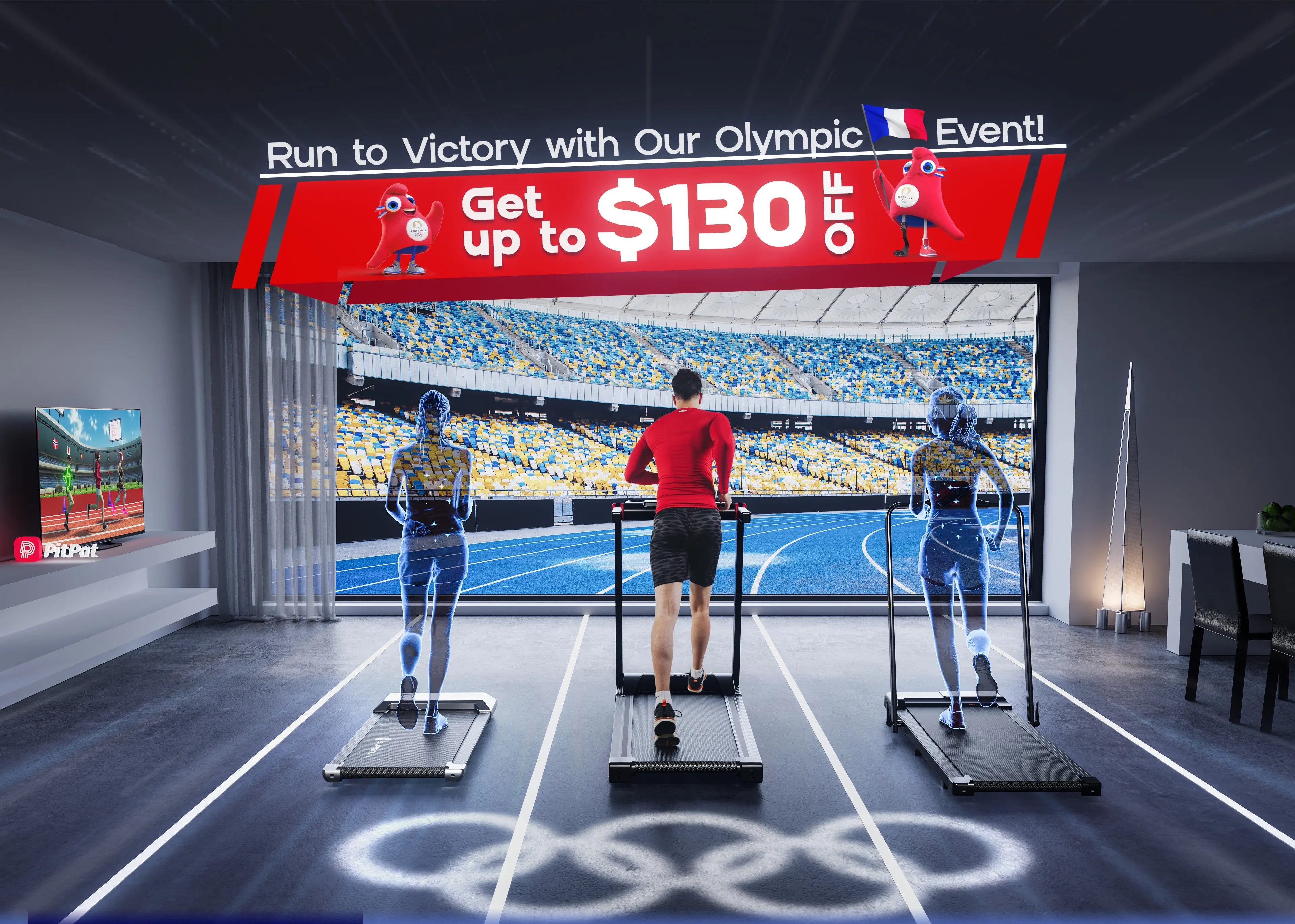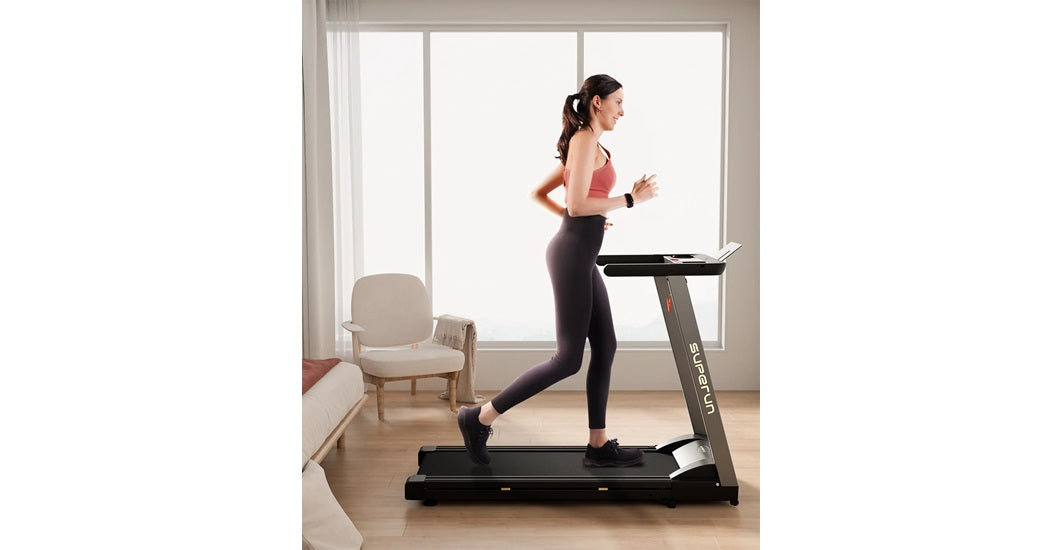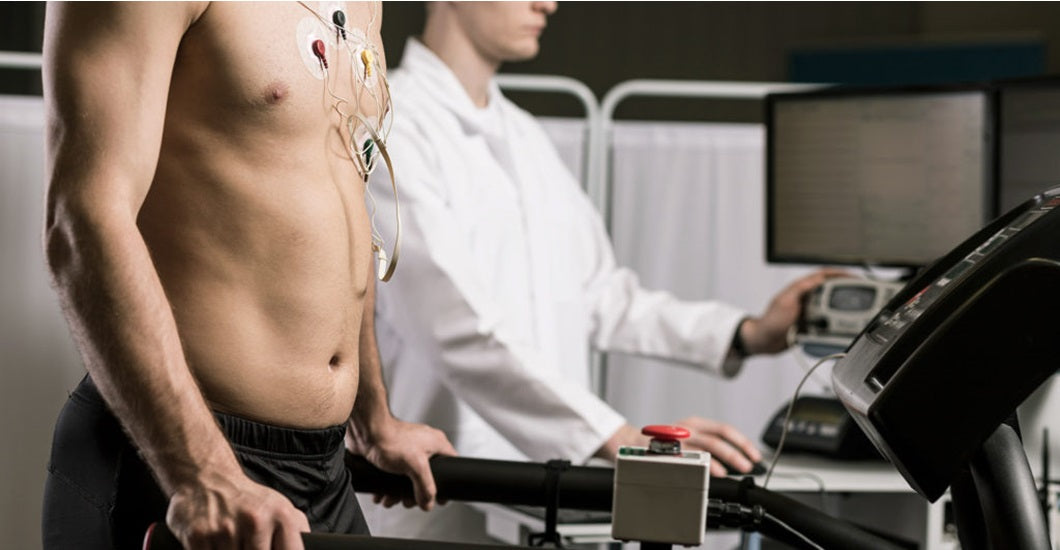In the quest for a healthier, fitter you, the role of cardio workouts in torching those extra calories and shedding unwanted pounds cannot be overstated. Cardio exercises are renowned for their ability to ramp up your heart rate, boost metabolism, and effectively incinerate fat. And when it comes to convenient and efficient cardio workouts, the trusty treadmill stands out as a stalwart companion on your fitness journey.
The Importance of Cardio Workouts for Fat Burning
When it comes to melting away excess fat, cardio workouts take center stage. These exercises get your heart pumping, enhancing blood circulation and oxygen delivery to your muscles. This elevated heart rate, sustained over some time, triggers your body to tap into its fat reserves for energy. Consequently, cardio workouts are an essential component of any effective weight loss or fat-burning program.
Benefits of Using a Treadmill for Fat Burning
Treadmills offer a multitude of advantages when it comes to fat burning. They provide a controlled, consistent, and easily adjustable platform for cardio exercise. Whether you're a beginner easing into fitness or a seasoned athlete looking for an intense workout, the treadmill accommodates all fitness levels. Additionally, the treadmill's versatility allows you to customize your workouts by adjusting speed, incline, and duration to optimize fat burning. It's a convenient and efficient way to torch calories and reach your fitness goals in the comfort of your own home or gym.
In this guide, we will delve deeper into the world of fat-burning treadmill workouts, exploring the techniques, routines, and tips that will help you harness the power of this remarkable fitness tool to achieve your weight loss and fitness objectives. So, step onto the treadmill, fasten your seatbelt, and get ready to embark on a journey to a healthier, leaner you.

Fat Burning Treadmill Workout
Warm-Up
Before you embark on a fat-burning treadmill workout or any physical activity, taking the time to warm up is a crucial step. Warming up is not just a formality; it's a fundamental aspect of any exercise routine. Here's why it matters:
- Injury Prevention:
A proper warm-up gradually increases your heart rate, circulation, and body temperature, which makes your muscles and joints more pliable and less prone to strain or injury during intense exercise.
- Improved Performance:
Warming up primes your body for the demands of exercise, enhancing your overall performance. It allows you to exert more effort and energy during your workout, ultimately leading to better results.
- Mental Preparation:
A warm-up provides an opportunity to mentally prepare for your workout. It allows you to focus, set your intentions, and get in the right mindset for a successful session.
- Optimized Energy Systems:
During a warm-up, your body shifts from rest mode to exercise mode, preparing to use energy efficiently. This transition is vital for effective fat-burning during your treadmill workout.
Dynamic Stretches and Light Cardio to Prepare the Body
An effective warm-up consists of two main components: dynamic stretching and light cardio. Here's why these elements are essential:
- Dynamic Stretches:
Dynamic stretches involve controlled movements that gently stretch your muscles without holding any one position for too long. These stretches improve flexibility, increase blood flow to the muscles, and activate the nervous system. Examples include leg swings, arm circles, and torso twists.
- Light Cardio:
Incorporating light cardiovascular activities like brisk walking or slow jogging into your warm-up gradually increases your heart rate and breathing. This helps to prepare your body for the more intense cardio workout to come. It also kickstarts your calorie-burning process.
In the upcoming sections, we will provide you with specific dynamic stretching routines and light cardio suggestions to kickstart your fat-burning treadmill workout. Remember, investing a few minutes in a proper warm-up can make a significant difference in the safety and effectiveness of your exercise routine. So, let's get ready to boost your metabolism, burn fat, and achieve your fitness goals safely and efficiently.

The Fat Burning Treadmill Routine
To maximize fat burning on the treadmill, it's essential to structure your workout effectively. Here's a sample workout plan:
- Warm-up (5-10 minutes): Start with a gentle walk or slow jog to raise your heart rate and prepare your muscles for the workout ahead.
- HIIT Intervals (20-30 minutes): High-intensity interval Training (HIIT) is the cornerstone of this fat-burning treadmill routine. Alternate between short bursts of high-intensity running or sprinting and periods of active recovery. For instance:
Sprint: Run at your maximum capacity for 30 seconds.
Recovery: Slow down to a brisk walk or light jog for 60 seconds.
Repeat this cycle for the designated time (20-30 minutes). The key is to push yourself during the sprint intervals and recover during the slower periods.
- Cool-Down (5-10 minutes): Finish your workout with a 5-10 minute cooldown. Gradually reduce your speed and walk to bring your heart rate back to normal. This phase is crucial for recovery and preventing dizziness.
- Stretching (5-10 minutes): After the cool-down, perform static stretches to improve flexibility and prevent muscle soreness.
This sample workout plan offers a total duration of approximately 40-60 minutes, which is an effective range for fat burning. However, it's essential to adjust the duration and intensity based on your fitness level and goals. Beginners may start with shorter HIIT intervals or a lower overall workout time and gradually increase them as they build endurance.
The Concept of HIIT (High-intensity interval Training) and Its Effectiveness
High-Intensity Interval Training (HIIT) is a game-changer in the realm of fat-burning treadmill workouts. Here's why HIIT is so effective:
Efficient Calorie Burn: HIIT alternates between intense bursts of exercise and short recovery periods, which spikes your heart rate and pushes your body to burn more calories in less time.
EPOC Effect: After a HIIT session, your body continues to burn calories at an elevated rate even during the post-workout recovery period. This is known as Excess Post-Exercise Oxygen Consumption (EPOC) and contributes to greater fat loss.
Preservation of Lean Muscle: HIIT primarily targets fat stores, preserving your lean muscle mass. This is important because more muscle means a higher resting metabolic rate, leading to greater long-term calorie burn.
Time Efficiency: HIIT workouts are relatively short but incredibly effective, making them ideal for those with busy schedules.
When integrating HIIT into your fat-burning treadmill routine, remember to start at a level that matches your fitness. Gradually increase the intensity and duration as you progress. HIIT can be demanding, but it's a powerful tool for achieving your fat loss goals efficiently.

Proper Technique
Using the treadmill with the right posture and form is crucial for your safety, comfort, and the overall effectiveness of your fat-burning workout. Here's how to maintain proper technique:
- Posture:
Stand Tall: When you step onto the treadmill, stand up straight. Keep your shoulders back and your chest open. Avoid slouching, which can lead to poor posture and discomfort.
Neutral Head Position: Your head should be in a neutral position, looking straight ahead, not down at your feet or up at the ceiling.
Relaxed Arms: Let your arms hang naturally by your sides or gently rest them on the handrails if you need support. Avoid gripping the handrails too tightly, as this can disrupt your walking or running form.
Engaged Core: Maintain a slightly engaged core to provide stability and support for your spine.
- Foot Placement and Stride:
Center of the Belt: Ensure that you stand or run at the center of the treadmill belt to maintain balance and avoid drifting to one side.
Natural Stride: Your stride should be natural and comfortable. For walking, take smooth and even steps. For running, aim for a stride length that feels right for your body and doesn't result in overreaching.
- Maintain Balance and Safety:
Start Slow: When you begin, start the treadmill at a slow, comfortable pace, and gradually increase the speed.
Use the Safety Clip: Most treadmills come with a safety clip or key that attaches to your clothing. In case of a fall or loss of balance, this clip will stop the treadmill, preventing accidents.
Stay Centered: Always position yourself in the center of the treadmill to maintain balance. Avoid leaning too far forward or backward.
No Distracted Behavior: Avoid distractions like looking at your phone, reading, or watching TV while using the treadmill. These activities can lead to poor posture, balance issues, and accidents.
Emergency Stop: Be aware of the emergency stop button or feature on the treadmill. If you feel unsteady or need to stop quickly, use this feature.
Cooling Fan: Some treadmills have built-in fans to keep you cool during your workout. Use them to avoid overheating, which can affect your balance and comfort.
Cool-Down and Stretching
Cooling down is an often overlooked yet critical phase of your fat-burning treadmill workout. It's the bridge between intense exercise and returning your body to a state of rest. Here's why it's essential to prevent injury:
Muscle Recovery: After a vigorous workout, your muscles are tense and contracted. Cooling down allows them to gradually return to their normal state, reducing the risk of cramps and muscle soreness.
Heart Rate Transition: It helps your heart rate and blood pressure gradually return to baseline, preventing abrupt drops in blood pressure that can lead to dizziness or fainting.
Reduced Risk of Injury: Cooling down provides a controlled environment in which you can address any imbalances or discomfort. It's the ideal time to notice and alleviate any potential issues before they become injuries.
Psychological Transition: Cooling down allows your body and mind to transition from the intense workout mode to a state of relaxation and well-being. This can reduce post-workout stress and tension.
Recommend Stretching Exercises Post-Workout
Stretching after your fat-burning treadmill workout is a smart way to maintain flexibility, prevent muscle tightness, and enhance your overall fitness. Here are some recommended stretching exercises:
- Quadriceps Stretch:
Stand on one leg.
Bend your other knee, bringing your heel toward your buttocks.
Hold your ankle with your hand to stabilize the stretch.
Feel the stretch in your quadriceps.
Hold for 15-30 seconds on each leg.

- Hamstring Stretch:
Sit on the floor with one leg extended and the other bent, with the sole of your foot touching your inner thigh.
Reach forward toward your extended leg, keeping your back straight.
Feel the stretch in your hamstrings.
Hold for 15-30 seconds on each leg.

- Calf Stretch:
Stand facing a wall with one foot forward and one foot back.
Place your hands on the wall for support.
Lean forward while keeping your back heel on the ground.
Feel the stretch in your calf muscles.
Hold for 15-30 seconds on each leg.

- Hip Flexor Stretch:
Kneel on one knee and step the other foot forward.
Tuck your pelvis under and gently lean forward.
Feel the stretch in the front of your hip.
Hold for 15-30 seconds on each leg.

- Upper Body Stretches: Don't forget to stretch your upper body as well. Perform shoulder rolls, triceps stretches, and chest stretches to release tension in your upper body.
- Deep Breathing: Finish your cool-down and stretching routine with a few deep breaths to help your body relax and recover.
Conclusion
As you approach the end of your journey through the "Fat Burning Treadmill Workout" guide, it's important to reflect on the key takeaways that will help you reach your fitness and weight loss objectives.
Now, armed with these insights and techniques, you're well-equipped to embark on your fat-burning treadmill journey. Whether your goal is to shed a few pounds, boost your endurance, or improve your overall health, consistency and determination are your allies.






Leave a comment
All comments are moderated before being published.
This site is protected by hCaptcha and the hCaptcha Privacy Policy and Terms of Service apply.